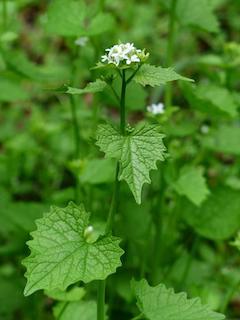
Garlic mustard is a stealthy and treacherous invasive plant bent on invading your garden to create a hostile environment for native plants. Those pretty flowers and charming heart-shaped leaves look innocent, but they are not!
How it is harmful
Garlic mustard is a threat to the biodiversity of ecosystems because the taproot exudes a chemical that’s deadly to the native plants we’re trying to protect. The chemical is also harmful to soil fungi needed by other plant roots for nutrition. As if that’s not bad enough, butterfly larvae die from eating the leaves.
And this invasive can wipe out all native plants on a forest floor. It can even inhibit the growth of tree saplings, which is why U.S. Forest Service volunteers are busy ripping it out all over the country.
How to identify it
Garlic mustard completes its life cycle in two years. First year growth appears in summer, which looks like a rosette with rounded evergreen leaves. The following year, the plant can be up to three feel tall with heart shaped leaves. In April, white flower clusters appear that become green seedpods in late spring to early summer. Each plant can produce up to 600 seeds that are forcibly ejected up to four feet away to maximize spread. Seeds last five years in the soil, so do not let it go to seed!
Garlic mustard is easy to identify. Look for the distinctive root, leaves, and flowers. Roots are an interesting L shape and tan in color. The small white flowers have four petals. Leaves have serrated edges, are rounded in the first year, and heart shaped in the second year. Crushed leaves smell like garlic.
How to get rid of it
If you don’t want to spend the rest of your life removing this obnoxious invasive plant, scout for the rosettes in winter. Also, be on the lookout in April, when you will see second year growth appear.
Do not use herbicides–they are harmful to wildlife. Hand pulling before plants set seed in late spring or early summer is the best way to rid your yard of this menace. Removal is more easily accomplished after a rain when soil is wet.
It’s important to remove the entire root, because more plants can grow from just a piece of the root. In my experience, I’m more likely to get the entire root if I use a hori hori garden knife (my favorite garden tool) to loosen the soil aroumd the plant and pull at the beginning of the root.

Hori Hori garden knife
Do not compost the plant! Remember, it contains harmful chemicals. Bag it up and leave it for curbside pickup.
Your to-do list
- If you have garlic mustard, your neighbors most likely do too, so be a good neighbor. Alert them to the presence of this invasive.
- Share this blog with your neighbor.
- Hand pull, hand pull, hand pull. Your native plants will thank you.
- Be vigilant every Winter and Spring for this plant
A good source for more info on garlic mustard is USDA’s National Invasive Species Information Center

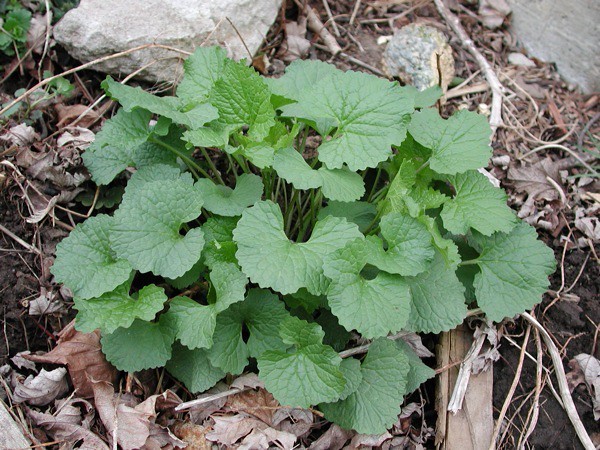
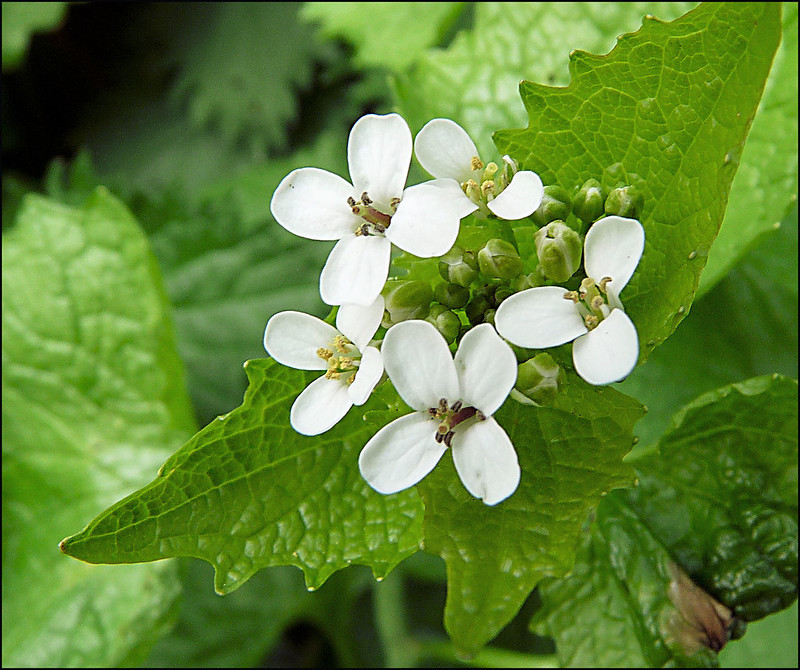
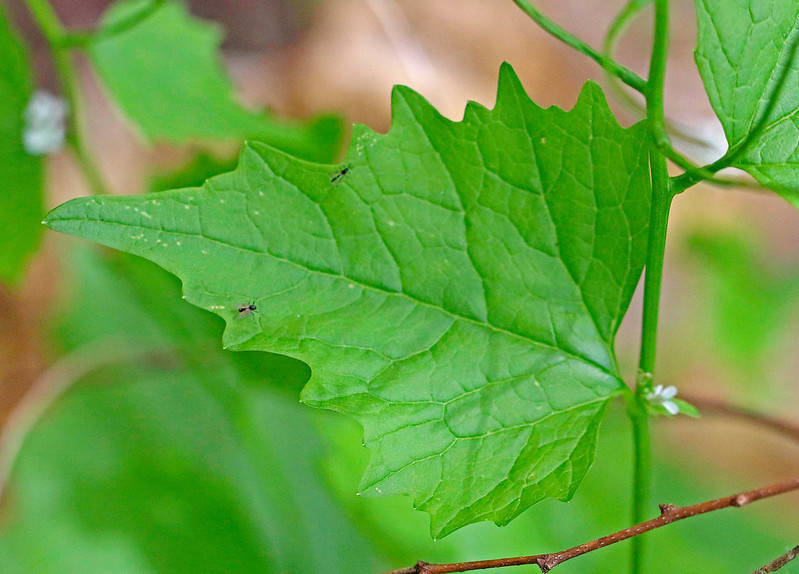
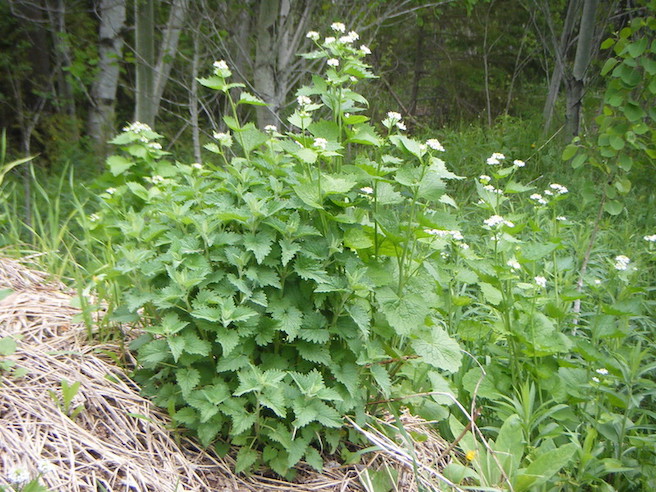
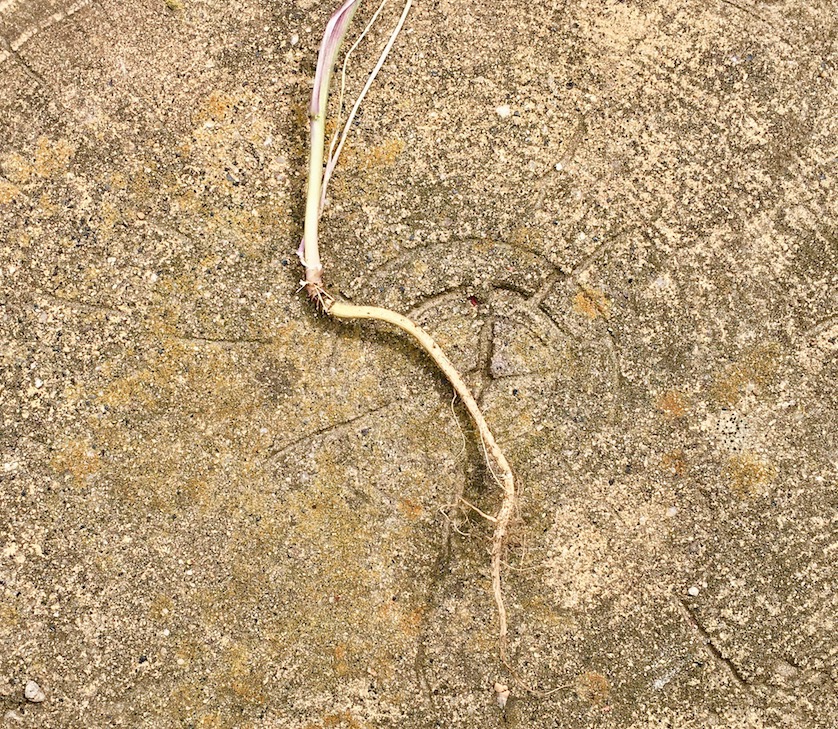
Leave a Reply